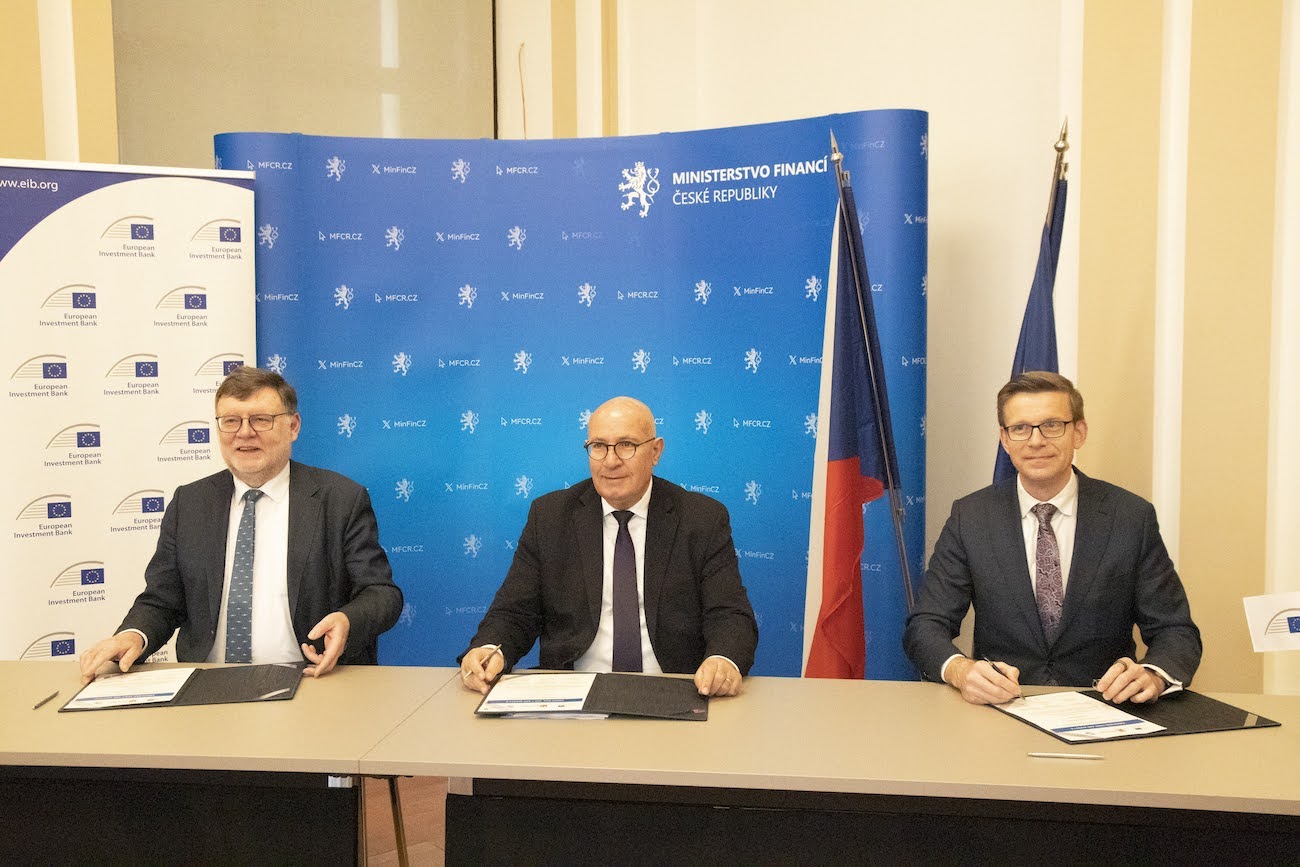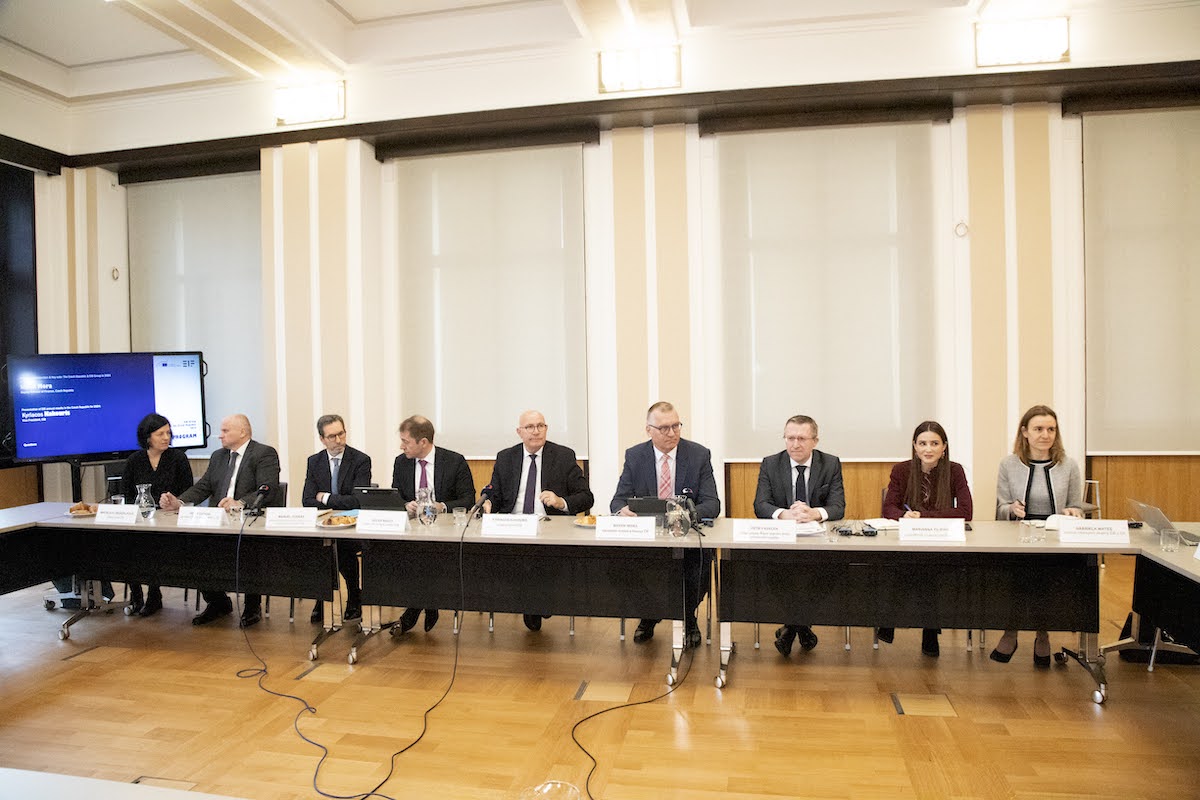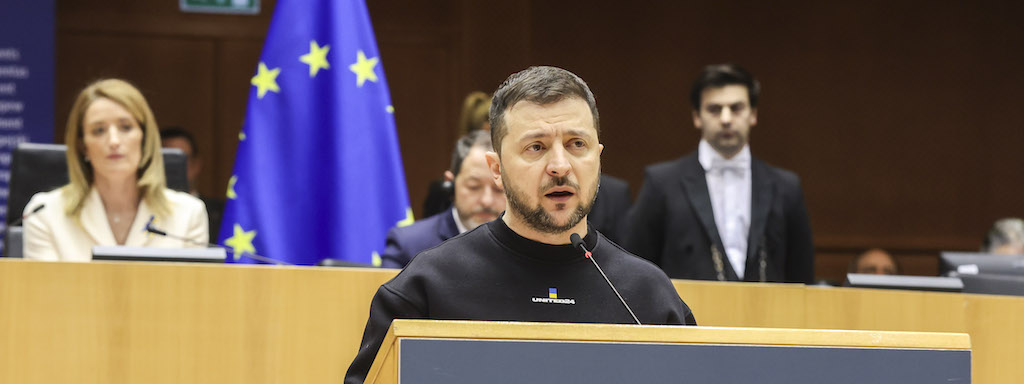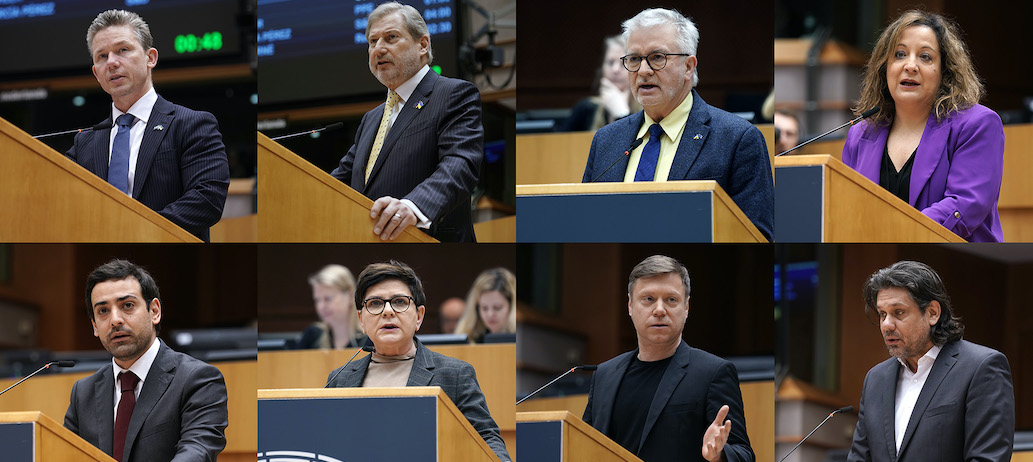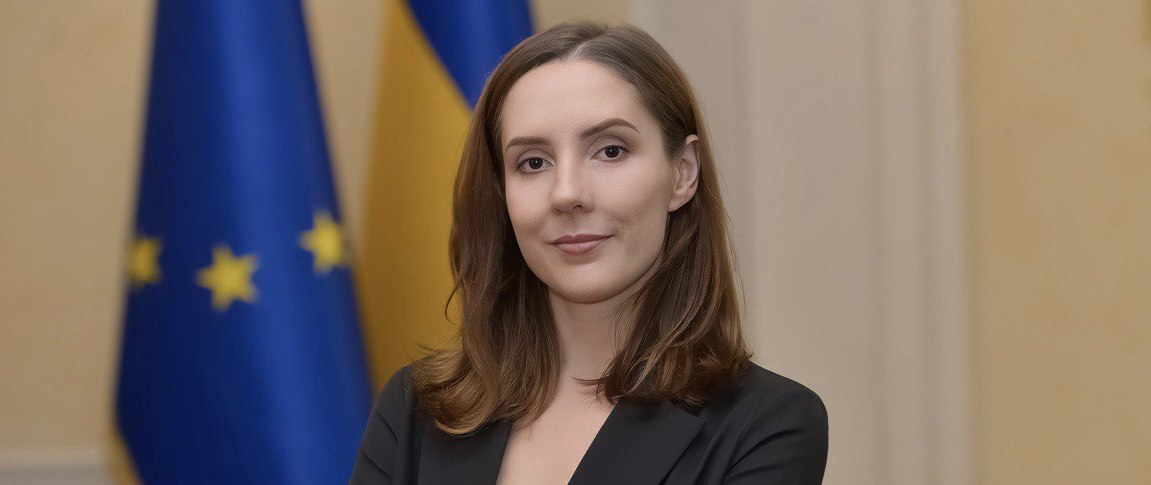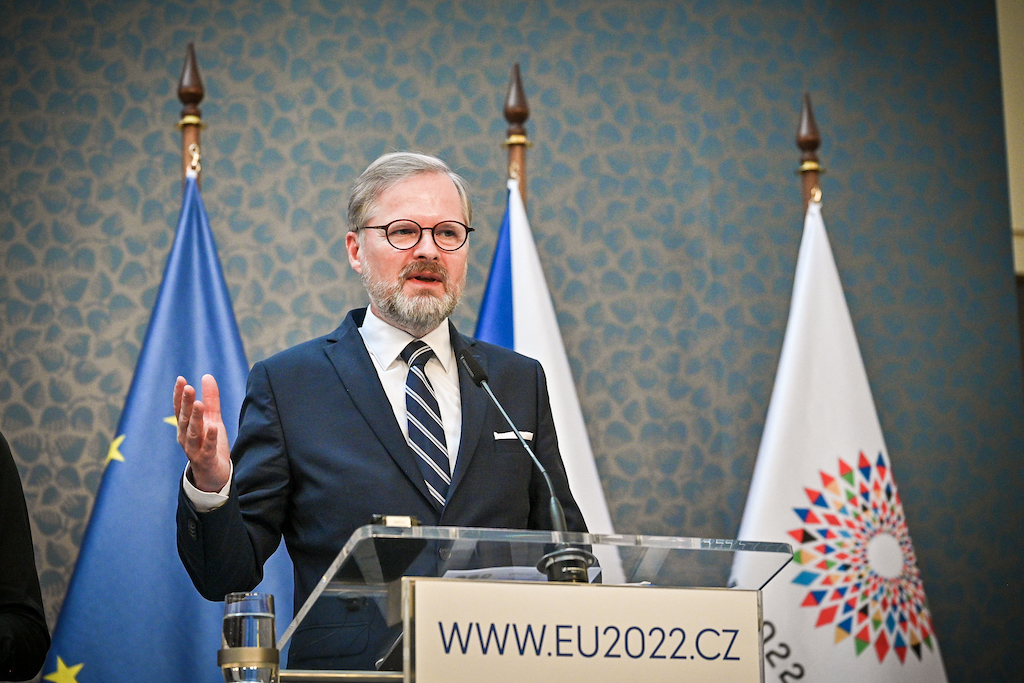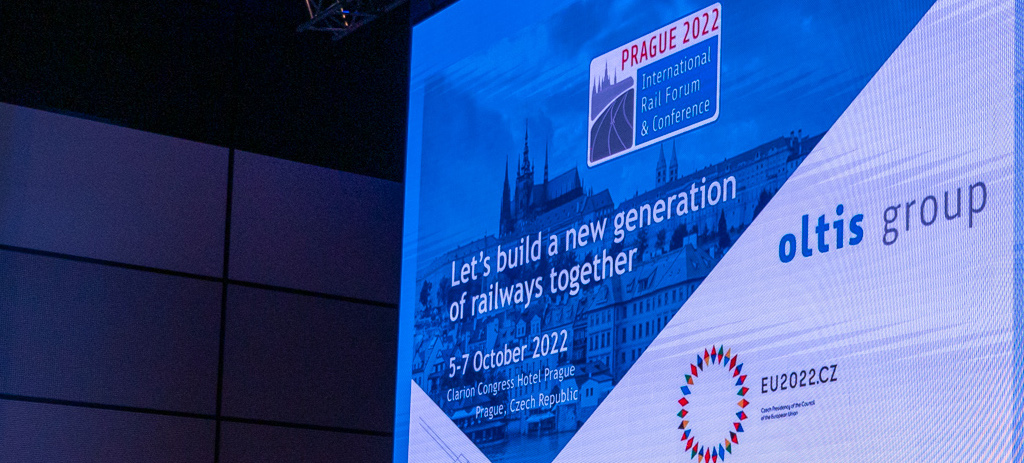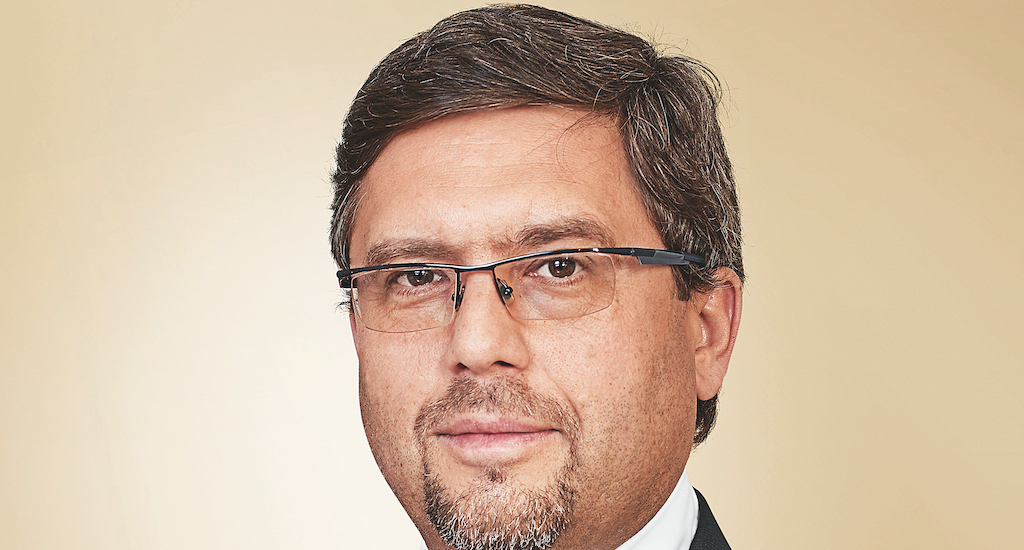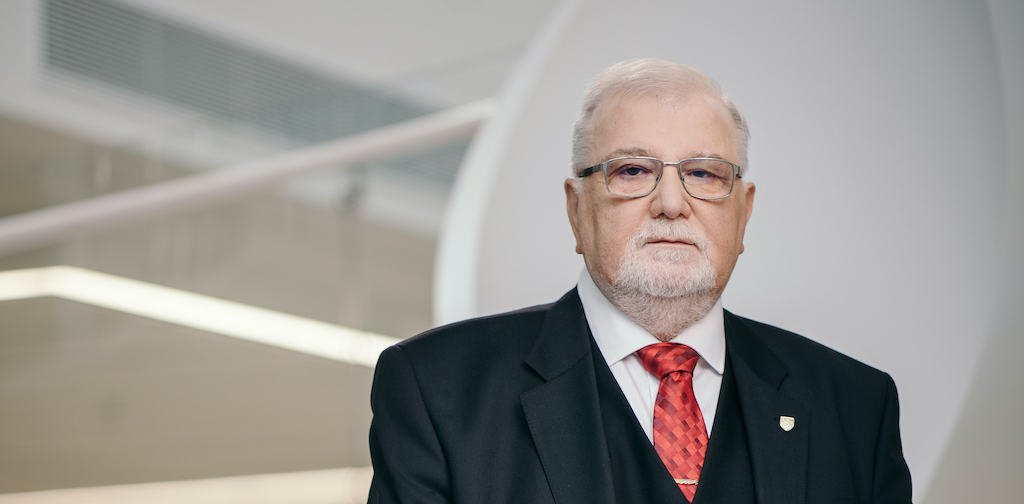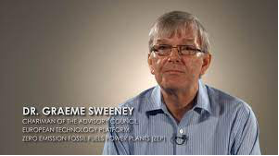
The large-scale deployment of cross-border CO2 transport and storage infrastructure is crucial for the EU to meet its climate target 2050. To this end, all modes of CO2 transport – pipeline, ship, barge, truck, train – and CO2 storage must be included in the revised TEN-E regulation.
Achieving climate neutrality by 2050 will require strategic investment decisions that will dramatically transform energy-intensive industries. This will include sectors such as cement, lime, steel and chemicals, which are at the heart of the European economy, producing and manufacturing products essential to our way of life.
Carbon capture and storage (CCS) will be essential in the industrial transition to net greenhouse gas emissions. For these sectors, the sectors integrating CCS represent the least costly path to decarbonization while maintaining industrial activity and preserving and creating jobs.The revision of the Trans-European Energy Infrastructure Regulation (TEN-E) ensures that the EU’s energy infrastructure policy is coherent and aligned to achieve climate neutrality by 2050, as set out in the European Law on Energy.
Investing in shared and cross-border CO2 transport and storage infrastructure is the European project par excellence. It represents a strategic and instrumental policy to maintain the well-being of Europe and a future-proof society for a climate neutral economy.
Deploying a CO2 infrastructure would allow industrial emitters from all corners of Europe to connect to a permanent geological storage, where CO2 would be stored safely without re-entering the atmosphere, thus mitigating climate change.
As the Commission has stated in the EU taxonomy and reiterated in the revised EU ETS Directive – which is part of the Fit for 55 package – it is intended that the transport of CO2 will be provided by pipeline and by boat. For the next CCS projects which will be based on the transport of CO2 by boat, the recognition of the transport of CO2 by boat in the TEN-E regulation is vital. Thus, this result should be reflected in all EU legislation.
It plays a crucial role in implementing true climate change mitigation and therefore deserves funding as part of CO2 infrastructure. Allowing secure access to storage sites increases the likelihood that more industrial CO2 emitters will invest in projects, thereby reducing the costs of capture technologies.
With an ever-growing number of CCS projects ready for commercialization in Europe and on the verge of becoming operational during this decade, it is imperative to support this progress. In addition, the role of CCS as an essential catalyst for a just and profitable transition to net-zero must be taken into account. It is crucial to secure political support for the five candidate projects of common interest (CIP) on cross-border CO2 infrastructure, which will become operational before 2025. A long-term policy framework providing some degree of predictability for investments should be a priority for European decision-makers.
CO2 infrastructure can also play a key role in facilitating an economy. clean cut of hydrogen, providing early and large-scale volumes of low-carbon hydrogen produced from natural gas reformed with CCS.
CO2, CCS and hydrogen infrastructure should be at the heart of a truly integrated and climate neutral energy system. Low-carbon hydrogen can enable many energy-intensive industries to decarbonize, especially those that rely on high temperature operations, such as steel production. Initially, a European hydrogen economy will depend on large volumes of low-carbon hydrogen, which will require the development of cross-border CO2 infrastructure.
It is crucial to consider the vital role of CO2 transport and storage infrastructure for the EU to meet its 2030 target. And the 2050 targets. This includes help drive the decarbonization of energy-intensive and hard-to-decarbonize industries in Europe.
Dr Graeme Sweeney is Chairman of the Zero Emissions Platform (ZEP) – A European platform for technology and innovation under the European Commission’s SET plan and technical advisor to the EU on the deployment of capture and carbon storage and carbon capture and use.




